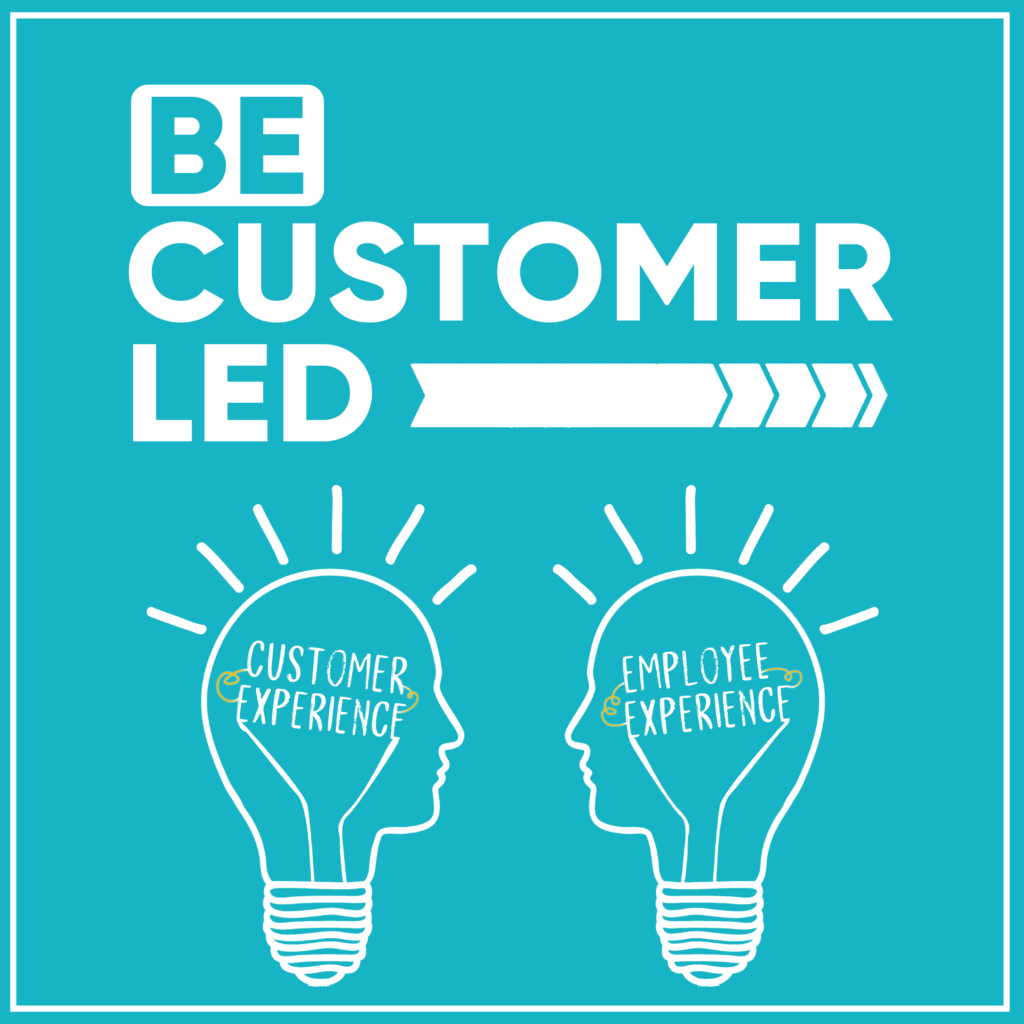We have a long way to go on experience management platforms. I am starting to see so many platforms touting themselves as both employee and customer experience solutions these days, and it’s a poor marketing trick you should not put much faith into, yet.
Let me start by saying that the large experience management platforms are a critical resource in both your Customer and Employee Experience organizational maturity. In fact, without these platforms in place at your company, the probability of CX or EX leaders having sustainable, long-term success is 0%. I know that seems drastically low, but it’s just the truth; why are they so important?
First, any experience-driven organization needs an enterprise platform to capture feedback through the customer and employee journey. All enterprise experience platforms today, whether you follow the Gartner or Forrester models, offer the ability to do this. In fact, many customer experience management platforms are now offering journey mapping capabilities as part of their solution, albeit they are still evolving relative to more advanced solutions like Thunderhead and BryterCX to name a few (quick note: I am not a client of either, nor is this a paid post). Journey Mapping platforms, to be sure, are as critical, but I would rather have the functionality fully embedded in one platform.
Second, these platforms offer slick analytics, including predictive and prescriptive capabilities, for you to analyze all of this feedback and take action through closed-loop functionality. Moreover, they can integrate with other platforms, like Salesforce, or operational data sources, to combine data to make it even more actionable. And depending on the expertise you have on your team, you may need to engage outside help for the implementation.
In addition to the customer experience tech stack, you can add in Employee Experience Management platforms like Workday, Glint (owned by LinkedIn, owned by Microsoft), IBM, ServiceNow, SAP SuccessFactors, Oracle, and many others, and the experience management tech stack can start to get confusing.
I am calling for an alternative platform solution. One that the “Chief Experience Officer” who is focused on both the employee and the customer can use to bring this all together. Without truly integrated platforms that help you map the journey, capture insights through the journey, connect disparate sources, analyze and action on it all, we can never truly be successful.
Microsoft is an interesting player in all this given their ownership of Glint, LinkedIn, Workplace Analytics, and partnership with companies like Clarabridge. Combing these three into an integrated solution can result in a very compelling value proposition; they’re just missing a platform to survey and analyze insights with customers.
My guess is that the Medallia‘s and Qualtrics‘ of the world will come out on top here. I have a personal preference of the two, but that’s a more personal conversation. They need to continue to invest in their employee experience and journey capabilities, and my guess is that we are about 3 years off from something truly integrated and mainstream.
What do you think? What is your experience and how do you see this space evolving?
I hope you’ve found this post a little bit useful and it helps you get a little bit better each day.

